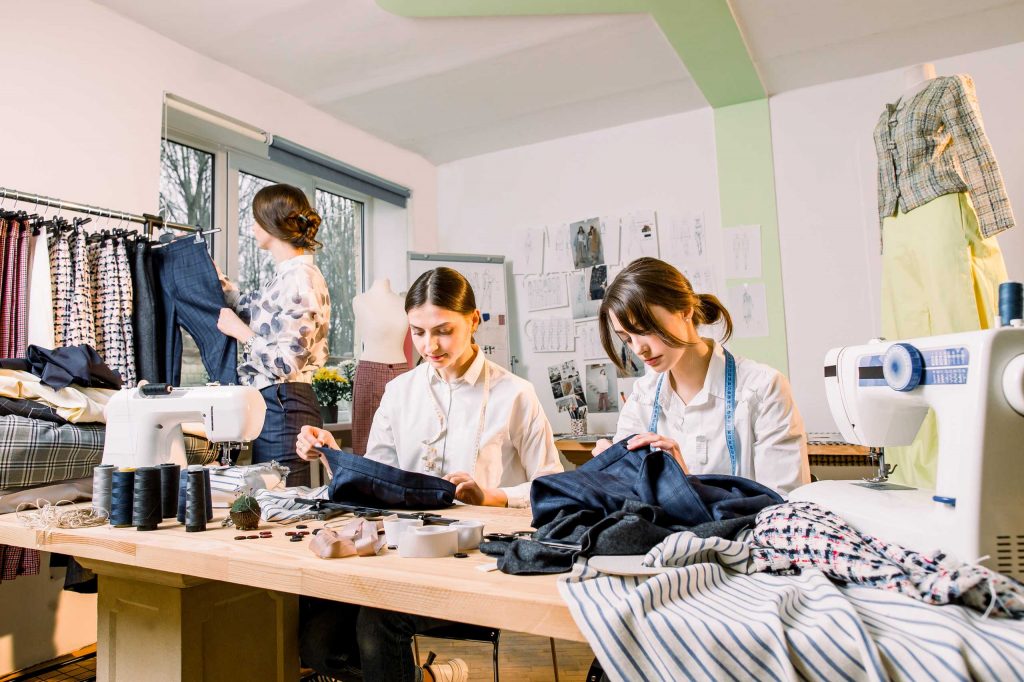When you start a sewing project, one of the most important decisions you’ll make is choosing the right fabric. The fabric you select affects not only the look of your finished garment but also how it feels, wears, and drapes. Understanding fabric types and qualities can make a huge difference in your sewing success.
Understanding Fabric Types
There are countless types of fabrics, but most fall into a few basic categories: natural fibers, synthetic fibers, and blends. Each has unique characteristics:
- Natural fibers like cotton, linen, wool, and silk come from plants or animals. They’re breathable and comfortable but may require special care.
- Synthetic fibers such as polyester, nylon, and acrylic are man-made. They often resist wrinkles and shrinkage and can be more durable for everyday wear.
- Blended fabrics combine natural and synthetic fibers, aiming to provide the best qualities of both.
Knowing this helps you decide what fabric suits your project goals.
Consider the Garment Type and Use
Think about what you want to sew. Is it a summer dress, a winter coat, or casual everyday pants? The purpose of the garment guides fabric choice:
- Light, airy fabrics like cotton voile or chiffon work well for breezy summer outfits.
- Heavier, insulating fabrics such as wool or flannel are ideal for warmth.
- Stretchy knits provide comfort and flexibility, perfect for activewear or fitted pieces.
Choosing fabric aligned with your garment’s function makes wearing your creation comfortable and practical.
Fabric Behavior and Sewing Techniques
Every fabric behaves differently under your sewing machine needle. Some fabrics fray easily, others stretch, and some might be slippery to handle. For example, silky fabrics need delicate pins and special needles, while denim requires heavy-duty equipment.
It’s important to:
- Pre-wash fabric to avoid shrinkage later.
- Test how it handles sewing by making small samples.
- Choose appropriate thread and needle type for the fabric.
Mastering fabric handling improves the final result and reduces frustration.
Final Tips for Fabric Shopping
When shopping for fabric, consider these useful tips:
- Bring a sketch or photo of your project for reference.
- Feel the fabric texture and weight; sometimes it’s hard to judge by appearance alone.
- Ask for advice from store staff or online communities.
- Buy a little extra fabric to allow for mistakes or pattern matching.
Choosing fabric thoughtfully is a skill that grows with experience — and it makes sewing much more enjoyable!

